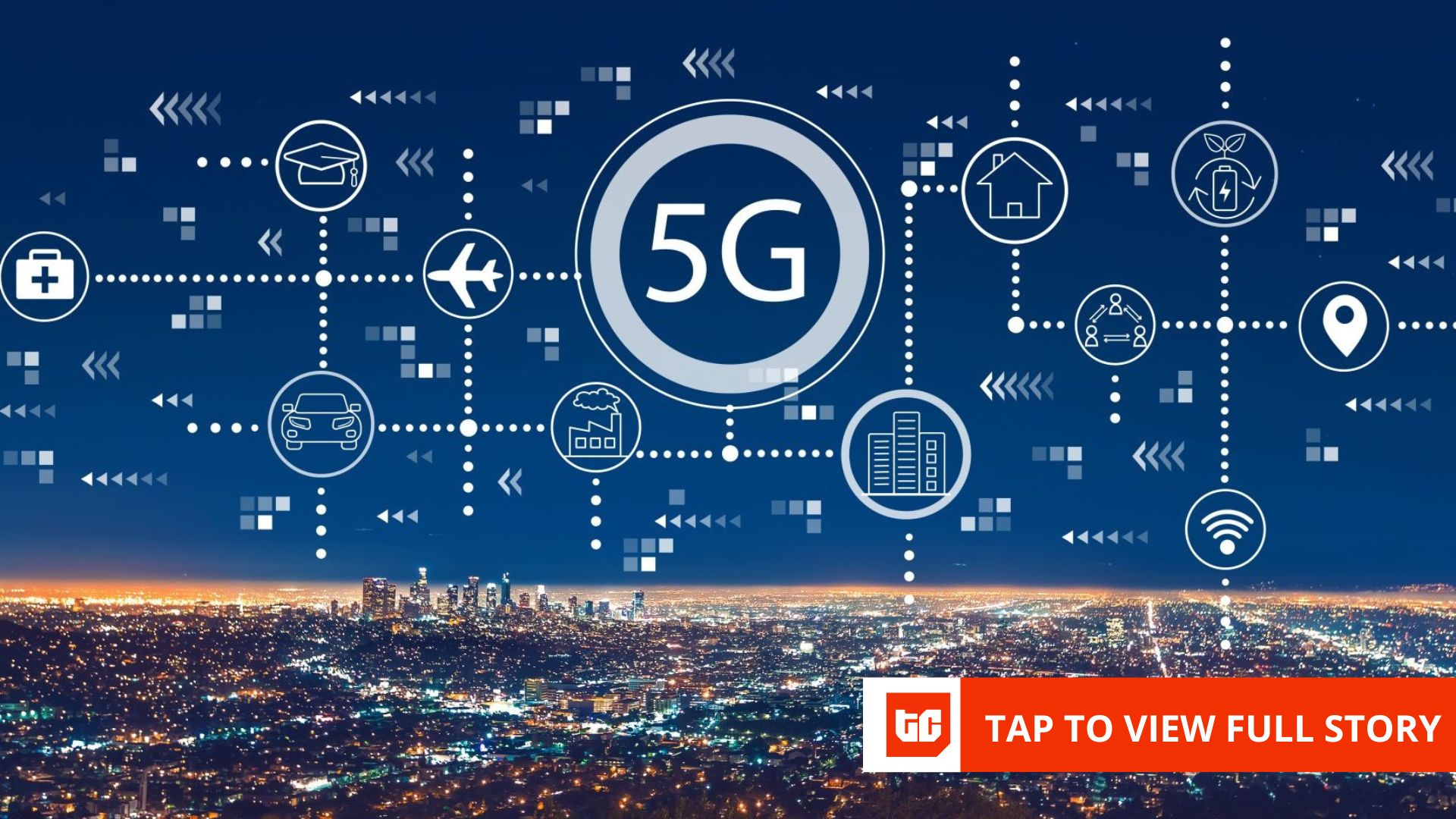Not sure which of Sky’s TV streaming offerings will better suit your home? This guide is here to help.
While the main difference between the two is clear: Sky Glass 2 is a 4K TV with Sky OS built-in, while Sky Stream is a Wi-Fi puck that plugs into your existing home entertainment set-up, there are plenty of other differences.
We’ve compared the Sky Glass 2 to the Sky Stream to help you decide which Sky streaming tool is better for you.
Make sure you also visit our list of the best TVs to pair with a Sky Stream, while our Sky Glass 2 vs Sky Glass Air guide compares the two latest Sky TVs.
Price
The latest Sky Glass 2 is available to buy from either Sky’s official website or third-party retailers such as Currys. Customers can either buy the TV outright, with a starting RRP of £699 for the smallest 43-inch screen, or spread the cost with monthly payments instead.
Starting from £20 upfront, you can choose to pay either £14 a month for 48-months or £28 a month with a 24-month contract. Just remember, this doesn’t include any Sky Channel packs like Sky Essential TV or Sky Ultimate.
At the time of writing, Sky Stream starts at £15 a month for 24-months, which includes the puck, Sky Essential TV package and Netflix (Standard with Ads) plan. If you’d prefer something more flexible, you can opt for the 31-day rolling contract which can be cancelled at any time and starts at £18 a month.
With both Sky Glass 2 and Sky Stream, you can also add channel packs and services to your subscription for additional fees. For example, you can upgrade to UHD/Dolby Atmos for an extra £6 a month while Sky Sports will set you back from £31 a month. Just keep in mind the exact cost of each pack will depend on whether you choose a rolling or fixed contract.
Design
- Sky Glass 2 is a TV with Sky’s services built-in while Sky Stream is a video streamer
- Sky Glass 2 comes in three sizes: 43-, 55- or 65-inches
- Sky Stream has a discreet, space-saving design that doesn’t require line-of-sight
Setting up the Sky Glass 2 can be awkward, especially with the larger 65-inch model as that requires two people to put it together. Even when the stand is in place, we also found the TV can wobble if you brush past it.
Comparatively, the Sky Stream puck is easier to set-up and just requires plugging it into the wall socket and then connecting the HDMI cable to your TV. We appreciated the Sky Stream’s design, especially as it doesn’t require line-of-sight so you can place it behind your TV and it’ll still work.
Although its compact design is useful, as it’s a streamer there aren’t as many connections as there are on a TV. Sky Glass 2 is made up of three HDMI 2.1, two USB inputs and an Ethernet port, the Sky Stream sports just one HDMI 2.1 alongside an Ethernet and an aerial tuner.
Interface and Apps
- Both run on the Sky OS interface (previous Entertainment OS)
- All the main UK streaming and catch-up apps are present
- Sky OS allows up to five “playlists”
There’s not much separating the Sky Glass 2 and Sky Stream here, as both run on the Sky OS interface. The interface aggregates all of Sky’s content alongside titles from the likes of BBC iPlayer, Netflix and more.
While you won’t find as big of an app selection compared to the likes of Google TV, Fire TV or Roku, you’ll find all the main UK catch-up apps such as ITVX, Channel 4 and My5. Small apps like Mubi, however, aren’t accounted for here.
Sky doesn’t offer separate profiles and instead allows for up to five “playlists”. Users can add content from across the live TV guide and apps into their Playlist which means new episodes will automatically be added in, so you’ll never miss anything.
Performance
- Both support HDR10, HLG and Dolby Vision
- Sky Glass 2 supports ALLM for games
- Both can be controlled via voice
The Sky Glass 2 has a Quantum Dot LED screen which supports HDR10, HLG and Dolby Vision.
Overall, we found the Sky Glass 2 is undoubtedly an improvement over the Sky Glass, as it’s brighter and has stronger black levels. However, while there’s a boost in colour vibrancy with HDR films and TV series, it’s worth noting that we concluded this “isn’t the sharpest 65-inch TV”.

Similarly, the Sky Stream also supports the latter technologies, however whether you’ll benefit from them will depend on your TV’s display. Even so, we still found the Stream’s picture quality good when paired with an OLED TV, offering high levels of detail and sharpness.
Where the Sky Glass 2 may disappoint is with its gaming tools. It’s not built with gamers primarily in mind (there isn’t 4K/120Hz support nor a selectable gaming mode). Instead, Sky supports ALLM which puts the TV into its lowest latency mode.
Of course, Sky Stream is just a video streamer, with no access to any of the gaming features that exist on the Sky TV. But there is support for the casual games available on the Sky OS platform.
Verdict
Whether you decide between the Sky Glass Gen 2 or Sky Stream depends entirely on your preferences. If you already have an established home entertainment set-up then the Sky Stream is a great way to upgrade your set-up.
However, if you’d prefer not to worry about investing in a TV or soundbar then the Glass 2 will suit you better











